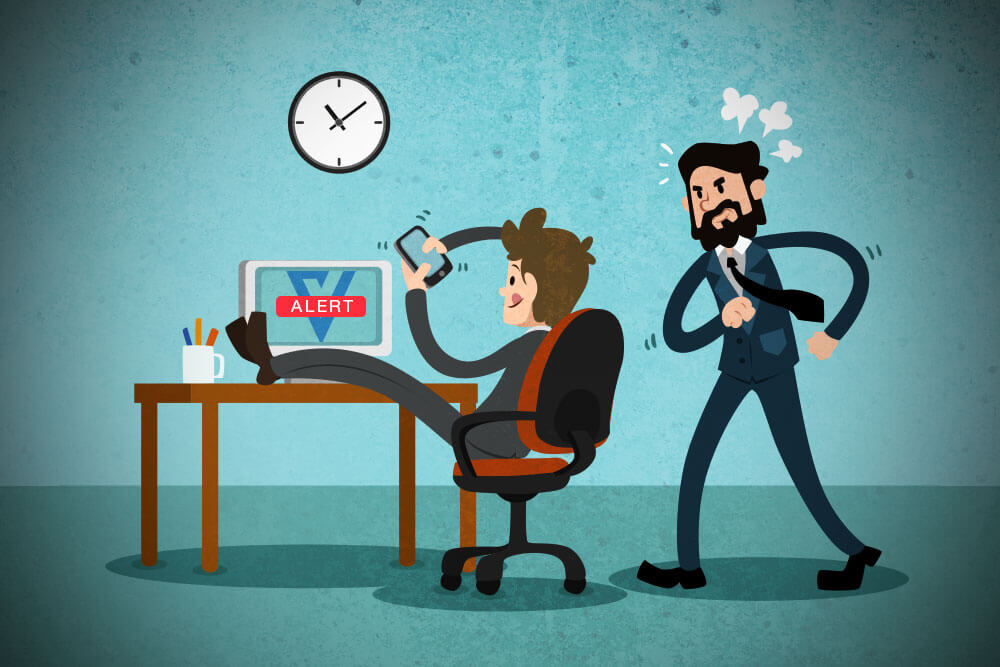Employee monitoring refers to the practices and tools used by employers to track the activities, productivity, and performance of their employees during work hours. The goal of employee monitoring is to ensure efficiency, safeguard company assets, and maintain a secure work environment. According to reports, 62% of C-suite executives report their organizations collect data on employee. With the rise of remote and hybrid working, employee monitoring has become a crucial part of workplace management.
Common Types of Employee Monitoring
- Time Tracking Software
Time tracking software is one of the most common forms of employee monitoring. For example, Controlio is an all-in-one tool for time and activity tracking. These tools track when employees start and finish work, how much time they spend on tasks, and whether they adhere to work schedules. It helps businesses monitor attendance and ensure that employees are working efficiently. - Keystroke Logging
Keystroke logging, also known as keylogging, records every keystroke made by an employee on their computer. It allows employers to see what websites employees are visiting and what they are typing. While it can be useful for detecting time theft, it also raises privacy concerns if used excessively. - Activity Monitoring Software
Activity monitoring software tracks what employees do on their computers throughout the workday. This includes monitoring applications used, websites visited, and even capturing screenshots at regular intervals. This type of monitoring ensures that employees stay focused on work tasks. - Email and Communication Monitoring
Some companies monitor email communication and instant messaging to ensure compliance with company policies, detect inappropriate behavior, or prevent the sharing of sensitive company information. While this type of monitoring can improve security, it can also feel invasive if employees are not informed. - GPS Tracking
For employees who work in the field, GPS tracking can monitor the locations of company-issued devices. This is especially useful for delivery drivers, sales teams, or any employee who is often on the move. GPS tracking ensures that employees are on task and in the right locations.
Which Type of Monitoring is Best?
The best type of employee monitoring depends on the nature of your business and the level of trust you have with your team. However, a balanced approach that focuses on productivity rather than micromanagement is often most effective.
Time Tracking Software is widely regarded as one of the best monitoring tools because it is simple, non-invasive, and provides tangible data on employee performance. It helps ensure employees are working during scheduled hours and staying on task without encroaching on their privacy.
For remote teams, Activity Monitoring Software can also be effective, as it provides a clearer picture of how employees are spending their time. However, it’s important to strike a balance, as too much monitoring can lead to distrust and demotivation among employees.
Why Employee Monitoring Matters?
While employee monitoring can seem like an intrusive practice, it can ultimately benefit both employers and employees. When used correctly, it can improve productivity, enhance security, and ensure that employees are meeting performance expectations. However, it’s important to be transparent with employees about the tools and methods being used, as excessive monitoring can lead to dissatisfaction and a toxic work environment.
In conclusion, the key to successful employee monitoring is choosing the right tools for your business needs while maintaining a balance between productivity and trust.…

